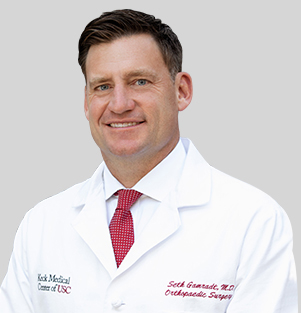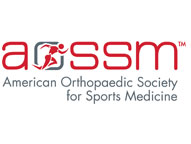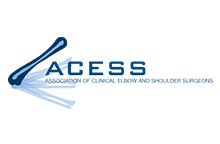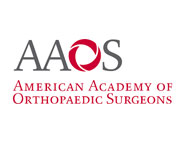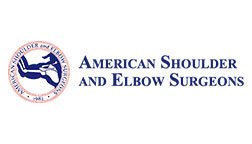Overview
Tennis Elbow/Golfers Elbow (Lateral/Medial Epicondylitis)
Elbow epicondylitis, is a painful condition of the elbow caused by overuse. Epicondylitis is an inflammation of the tendons that join the forearm muscles on the outside of the elbow (lateral or tennis elbow) or inside of the elbow (medial or golfers elbow). The forearm muscles and tendons become damaged from overuse — repeating the same motions again and again. This leads to pain and tenderness on of the elbow and soreness with activity.
Anatomy/Cause
Your elbow joint is a joint made up of three bones: your upper arm bone (humerus) and the two bones in your forearm (radius and ulna). There are bony bumps at the bottom of the humerus called epicondyles. The bony bump on the outside (lateral side) of the elbow is called the lateral epicondyle. The bony bump on the inside (medial side) of the elbow is called the medial epicondyle. Epicondylitis can occur on either side of the elbow depending of the type of overuse injure. Epicondylitis is inflammation of the muscles that attach to the epicondyles. With time, microscopic tears can form in the tendon where it attaches to the epicondyle.
Risk factors/Symptoms
Many people with tennis elbow participate in work or recreational activities that require repetitive and vigorous use of the forearm muscle. While golf and tennis are common causes of epicondylitis, jobs requiring manual labor or repetitive activities can cause the condition as well. Tennis elbow is most common between the ages of 30 and 60.
The symptoms of tennis elbow develop gradually. In most cases, the pain begins as mild and slowly worsens over weeks and months. Common signs and symptoms of tennis elbow include:
- Pain or burning on the outer or inner part of your elbow, especially with activity
- Weak grip strength
Workup
- Physical exam: The condition is readily diagnosable via characteristic physical exam findings.
- X-rays: are taken to rule out arthritis of the elbow.
- Magnetic resonance imaging (MRI) scan. If your doctor thinks your symptoms are very severe or advanced, an MRI can be ordered to rule out a muscle or tendon tear.
- Electromyography (EMG). Your doctor may order an EMG to rule out nerve compression if the diagnosis is not clear. Top of page
Treatment
Nonsurgical Treatment
Approximately 90% of patients have success with nonsurgical treatment of epicondylitis.
Rest. Avoidance of provocative or painful activities is often effective
Non-steroidal anti-inflammatory medicines (oral or topical).
Equipment check/Form check. If the condition is sports related, an equipment check or swing/evaluation
Physical therapy. Specific exercises are helpful for strengthening the muscles of the forearm. Your therapist may also perform ultrasound, ice massage, or muscle-stimulating techniques to improve muscle healing.
Brace. Using a brace centered over the back of your forearm may also help relieve symptoms of tennis elbow. This can reduce symptoms by resting the muscles and tendons.
Steroid injections. Steroids, such as cortisone, are very effective anti-inflammatory medicines. An injection into your damaged muscle with a steroid can relieve your symptoms.
PRP/Platelet rich plasma. PRP is a preparation developed from a patient's own blood. It contains a high concentration of proteins called growth factors that are very important in the healing of injuries.
Surgical Treatment
If your symptoms do not respond after 6 to 12 months of nonsurgical treatments, surgery can be indicated. The surgery involves removing diseased muscle and reattaching healthy muscle back to bone. Recovery is typically 3 months and can be performed through a 1.5 cm incision. Success rate is typically 90-95%.
